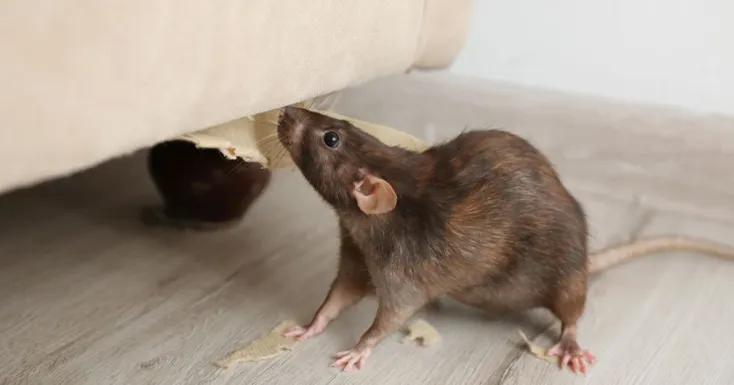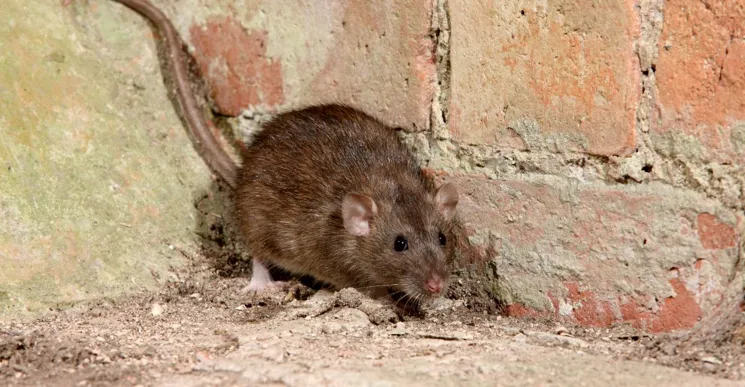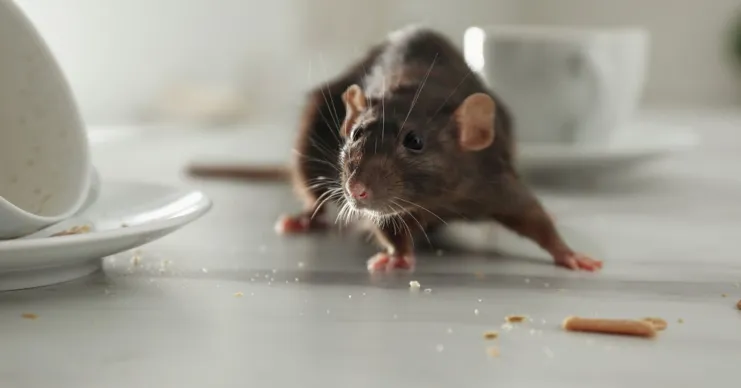Rats in urban settings can become a significant nuisance, affecting public health and quality of life. Effective rat control for city dwellers involves a combination of sanitation, exclusion, and professional pest management techniques. When these rodents invade your space, swift action is essential to minimize the health risks associated with their presence.
You can begin by assessing your property for entry points and maintaining cleanliness to deter rat infestations. Properly sealing gaps and eliminating food sources are crucial steps every homeowner or business should take. Engaging with local pest control professionals can provide tailored solutions for your specific situation, ensuring a comprehensive approach to rat removal in your area.
Understanding the best practices for rat removal in urban environments empowers you to protect your home or business effectively. You can maintain a rat-free environment that promotes safety and well-being by staying informed and proactive.
Understanding Urban Rat Infestations
Urban rat infestations pose significant challenges. Effective management requires recognition of their behavioral traits and the associated health risks.
Behavioral Characteristics of City Rats
Rats in urban settings exhibit distinct behavior. They are highly adaptable and thrive in various environments, from subway systems to residential buildings.
Key traits include:
- Nocturnal Activity: Most rats are active at night, which helps them avoid predators and human activity.
- Foraging Skills: They scavenge for food, often relying on human waste and garbage.
- Nesting Habits: Urban rats prefer to nest in hidden spaces, such as basements, attics, or within the walls of buildings.
These characteristics facilitate their survival and reproduction in city environments.
Health Risks and Impact on Urban Areas
Rats pose significant health risks through the transmission of diseases. They can carry pathogens that lead to serious illnesses in humans, such as:
- Leptospirosis: A bacterial disease that can be transmitted through rat urine.
- Salmonella: Often spread through food contaminated by rat droppings.
Moreover, their presence can lead to significant property damage. Rats chew through wires, pipes, and insulation, increasing the risk of fires and costly repairs.
Effective management of rat populations is essential to minimize these health risks and protect urban infrastructure.
Strategies for Rat Removal in Cities

Effective rat removal in urban settings requires tailored approaches that address specific challenges. In cities like Dallas, where dens and food sources are plentiful, using a combination of professional services and DIY methods can prove beneficial.
Professional Rat Removal Services
Hiring professional rat removal services is often the most effective strategy. These experts utilize techniques and tools that you may not have access to. Professionals conduct thorough inspections to identify nests and entry points.
They typically implement baiting strategies with rodenticides that are safely managed. Additionally, they can provide structural repairs to prevent future infestations. It’s essential to choose a reputable company with experience in urban settings. Look for reviews or ask for references to ensure quality service.
DIY Rat Control Methods
Several DIY methods can help manage rat populations if you prefer a hands-on approach. First, eliminate food sources by securing trash cans with tight lids and cleaning up pet food. Then, store food in sealed containers.
Next, block entry points by sealing gaps with steel wool or caulk. Setting traps, such as snap traps or electronic traps, in strategic locations can also be effective. Always follow safety guidelines when handling traps and rat poisons.
Regular maintenance is crucial in urban settings like Dallas, where environmental factors can contribute to re-infestation. Keeping your space clean and well-maintained will support your rat control efforts.
Preventive Measures for Rat Control
Effective rat control begins with proactive strategies that focus on preventing infestations. Implementing structural modifications and fostering community engagement can significantly reduce the risk of rats in urban settings.
Structural Modification and Sanitation
Start by sealing any potential entry points. Use steel wool or caulk to cover gaps around pipes and vents. Ensure doors and windows are in good repair and fit snugly to prevent access.
Maintain cleanliness in your environment. Dispose of garbage in sealed containers regularly and keep recycling bins tidy. Eliminate standing water and fix leaks to minimize moisture, which attracts pests.
Consider landscaping options that discourage rats. Trim shrubs, remove debris, and keep grass well-maintained. These actions make habitats less appealing, reducing rat populations.
Additionally, store food securely. Use airtight containers for pet food and pantry items. By taking these steps, you create an environment less conducive to rodent habitation.
Community Engagement and Education
Engage with your neighbors to promote awareness of rat prevention. Organize community clean-up days to remove litter and debris, which can attract rodents. When people work together, the community’s overall effectiveness increases.
Educate everyone on proper sanitation practices. Share information about keeping yards tidy and securing food sources. Providing resources and materials can enhance understanding and encourage consistent efforts.
Local authorities can also help by offering workshops or materials on rat prevention. This collective effort fosters a sense of responsibility among residents, which is vital for long-term success in keeping urban areas rat-free.
Local Focus: Rat Control in Dallas

Effective rat control in Dallas requires tailored approaches that consider urban challenges. Local resources also play a crucial role in helping residents manage these pests effectively.
Adapting Strategies to the Dallas Environment
Dallas presents unique challenges for urban rat removal due to its climate, infrastructure, and population density. Key strategies include:
- Sanitation Efforts: Keeping yards and properties clean reduces potential food sources. Dispose of trash in sealed containers and remove food debris regularly.
- Habitat Modification: Seal entry points in buildings. This may involve closing gaps in walls or foundations and securing utility lines that rats might use.
- Communication with Neighbors: Engage with your community. When neighbors share information about infestations, it enables a coordinated effort to tackle the issue.
City rat control solutions in Dallas also emphasize regular monitoring and proactive measures. For serious infestations, local experts recommend contacting professional services for assistance.
Resources and Support for Dallas Residents
Dallas residents have access to various resources for managing rat populations. Local government websites offer guidelines on pest control and sanitation practices.
- Dallas Animal Services: They provide information on public health and safety related to rodents, including educational materials on prevention.
- Community Programs: Look for neighborhood organizations that host workshops on pest management. These typically share best practices tailored for urban settings.
Consider using professionals, like Critter Stop, for thorough inspections and effective removal strategies. They are known for high-quality work and excellent customer service in addressing wildlife issues. You can reach Critter Stop at (214) 234-2616 for a free inspection to discuss your rat control needs.
